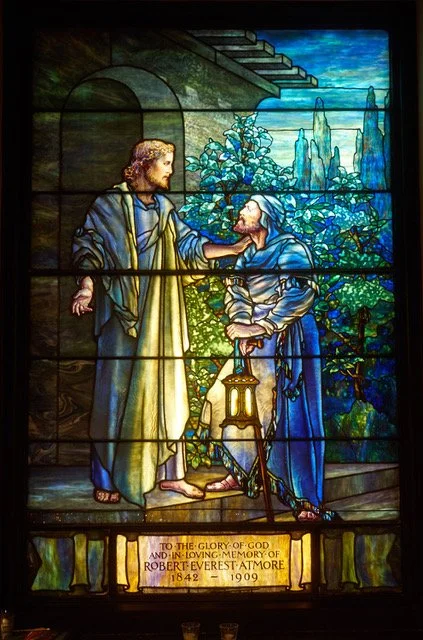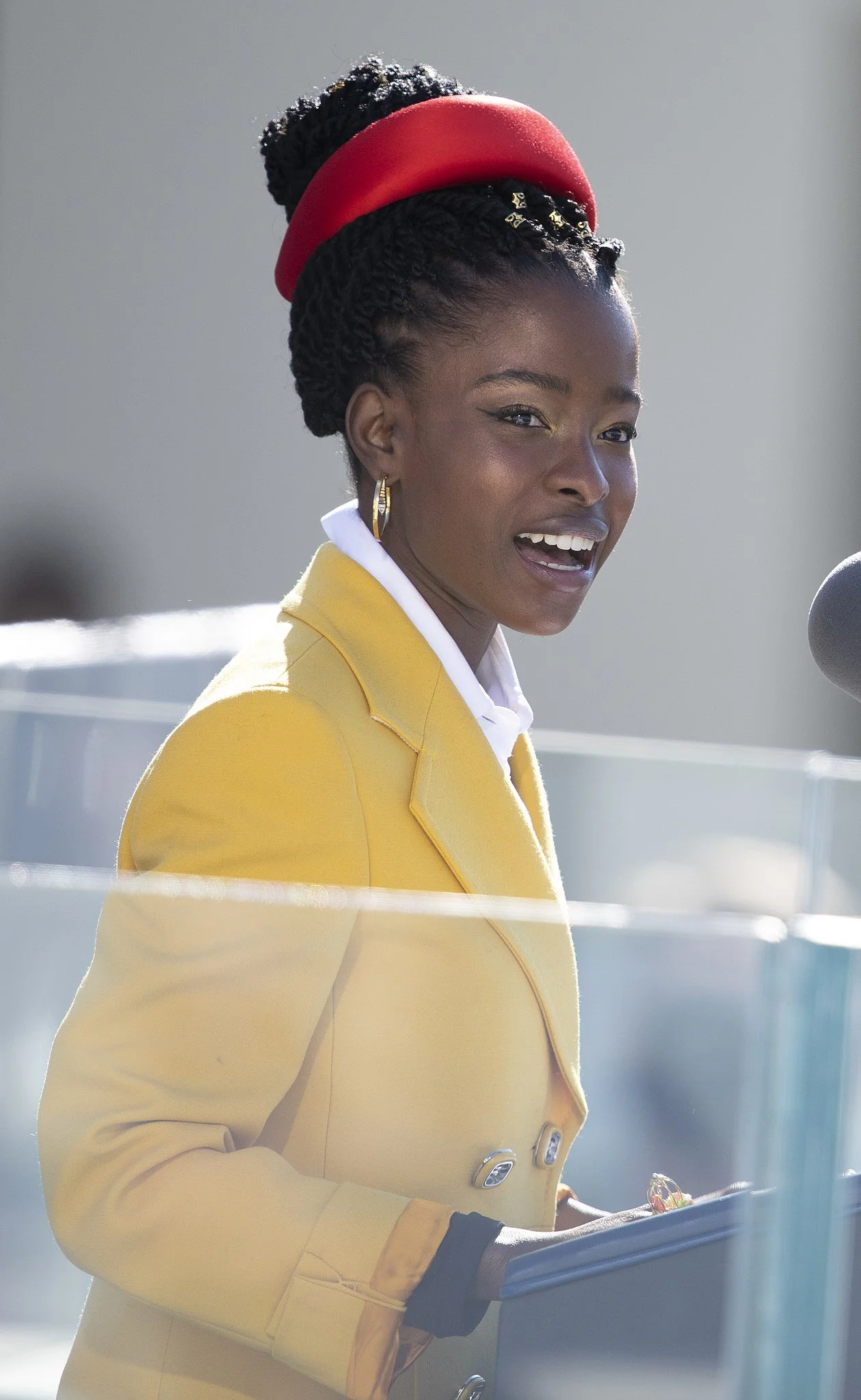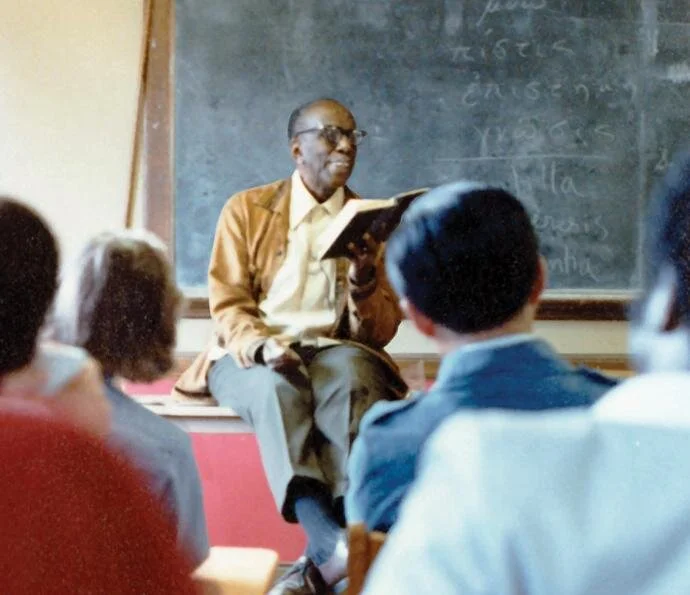Friday Reflection: The Burd Children’s Memorial, Part II–How One Memorial Shaped St. Stephen’s RELIGIOUS Experience
In the Reflection of June 25 on the Burd Children’s Memorial, I shared a recent epiphany on a subject I’d thought about a lot: How profoundly this small side chapel has affected the entire church through many changes over time. Yet, though it differs strikingly from anything else within, it develops the original doctrinal vision of the church.
This second point integrates the church’s variety into the quiet eloquence and versatility that’s so unique.
Because the church’s founding doctrine deserves explanation, the planned Reflection has become two. This first (still called Part II) focuses on that foundational period through the completion of the Burd Memorial. Part III examines the Memorial’s presence in the much-altered church in an evolving Now.
1823: “In the beginning . . . “
St. Stephen’s was completed in 1823 for a High-Church contingent of the evolving Episcopal Church. For this group, all physical elements of worship—sacraments, clergy, and the physical church—were vital to making visible the invisible grace of God and the Church, like Christ who became human to interact with us. Our bodies, minds, imagination, and emotions were integral to experiencing the sacred.
Physical beauty too was a manifestation of the sacred. In turn, our capacity to see and be moved by beauty was a form of participation in the sacred.
This doctrine, with a long pre-Reformation tradition, ran counter to the radical Protestant or Low Church approach to Christian spirituality as a minimally physical, interior experience. There, the physical and sensual were corrupt, vain, and Popish (Roman Catholic).
St. Stephen’s publicly proclaimed its commitment to a visible, heartfelt modern worship in its consecration sermon by the doctrine’s source, the Rt. Rev. John Henry Hobart, Bishop of New York (1775-1830). For him, St. Stephen’s resembled the scriptural “heavenly Jerusalem” (Heb. 12:22), the Church on earth, by making so much visible—beautifully—for the festive gathering of the faithful in God’s earthly house. William Strickland’s “splendid yet chaste ornaments” delighted the eye in order to enlighten understanding and elevate the heart. The beautiful St. Stephen’s, remarked Bishop Hobart, perfectly fit its purpose: worship “with the feelings of awful and reverential, yet lively and cheerful devotion” (The Worship of the Church on Earth . . . 1823, 14-15).
Quietly illuminated by stained-glass windows, St. Stephen’s galleried interior indeed offered worshippers a reverential atmosphere within a welcoming, intimate space in which to pray and participate in services.
From the beginning, this earthly church prioritized connection, among humans, with God. The churchyard on the north wall kept the departed faithful present, linked to successive generations of living congregants, as well as with God, throughout time.
Shindler Interior of St. Stephen’s, 1853-58. Earliest known view of the interior
In addition, as you see in Shindler’s painting, St. Stephen’s floor plan enabled the individual’s spiritual journey as in medieval churches: from the entrance, where you begin the path to God, move to worship within the main body of the church (nave), then approach the area around the altar (chancel) for the Eucharist in sacramental union with the divine.
What the Burd Children’s Memorial added: 1840s-50s
Hobart’s vision of the physical earthly church laid the foundation for the later Tractarians and their church design associates, the Ecclesiologists, who wrought the physical changes to St. Stephen’s in the 1840s and ‘50s. Congregants agreed, extolling the Burd Children’s Memorial for making our “poetic and holy” concepts of immortality “obvious to the senses” (Vestry Minutes, March 30, 1853).
To that end, the Burd Children’s Memorial of 1849-53, by Ecclesiologist architect Richard Upjohn and sculptor Carl Johann Steinhäuser, embodied the doctrine of Resurrection (see Part I). A concept is grounded narratively in a touching story, materially in marble, and humanly in the buried remains beneath. By connecting the churchyard and interior, the Memorial made present the bonds between the faithful, living and departed, and God within the earthly church. Present alongside our worship space, it provided a reassuring compass for life as Christians.
The Memorial also contributed to a broader doctrinal message with new companions.
Mrs. Burd commissioned a second monument, a canopy “tomb” by Ecclesiologist architect Frank Wills and sculptor Henry Kirke Brown for her husband, Edward Shippen Burd, buried with the children under the Children’s Memorial.
Surging from the church’s west wall just north of the entrance, Mr. Burd’s monument gives imposing form to either the body sleeping in death until the Resurrection (the traditional view), or an intermediate stage of the soul’s journey between death and the Resurrection. I favor the second, Hobart’s vision adapted by the Tractarians. Though condemned by Low-Church adherents as the disguised Popish purgatory, here was the soul of the faithful resting in Paradise with Christ, while awaiting the Resurrection.
The Burd monuments amplified the symbolic power of the original St. Stephen’s by embodying a second dimension of the Christian’s journey to eternity.
Baptistery on the southwest wall in 2016
Burd canopy tomb on the northwest wall and Burd Children’s Memorial on the north wall in 2016
At the church entrance on the west wall, we encounter the baptismal font,* site of sacramental initiation into life in the Church. On the other side of the entrance we meet the canopy tomb that marks the beginning of the faithful’s journey after death. We finish at the climactic Burd Children’s Memorial along the north wall. Its doctrinal authority, as the revealed covenant in progress at the mortal threshold (the tomb), was an essential addition within the church.
Given especially its connection with the churchyard, Burd Children’s Memorial opened new and unexpected religious possibilities for today, following radical changes to St. Stephen’s beginning in 1878.
Stay tuned: Part III appears next Friday, June 16!
—Suzanne Glover Lindsay, St. Stephen’s historian and curator









